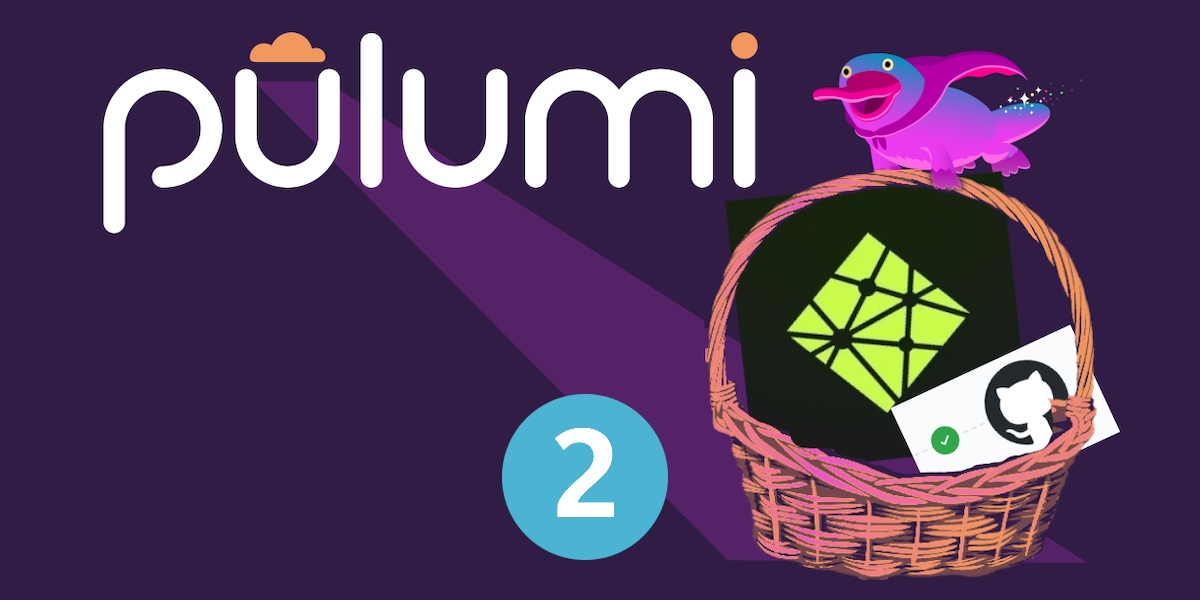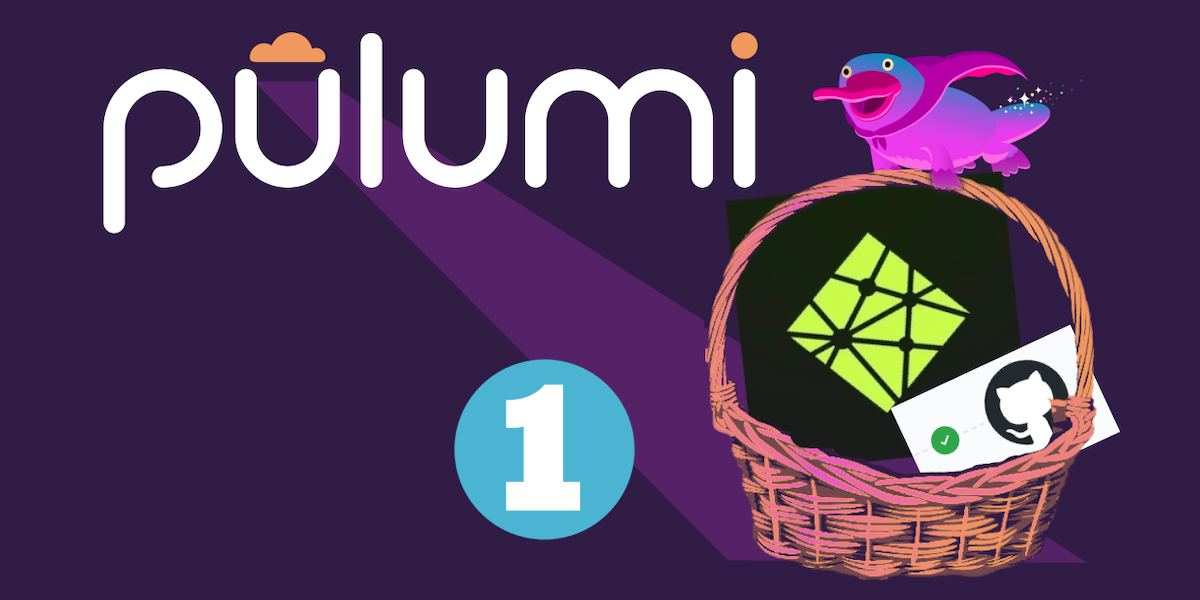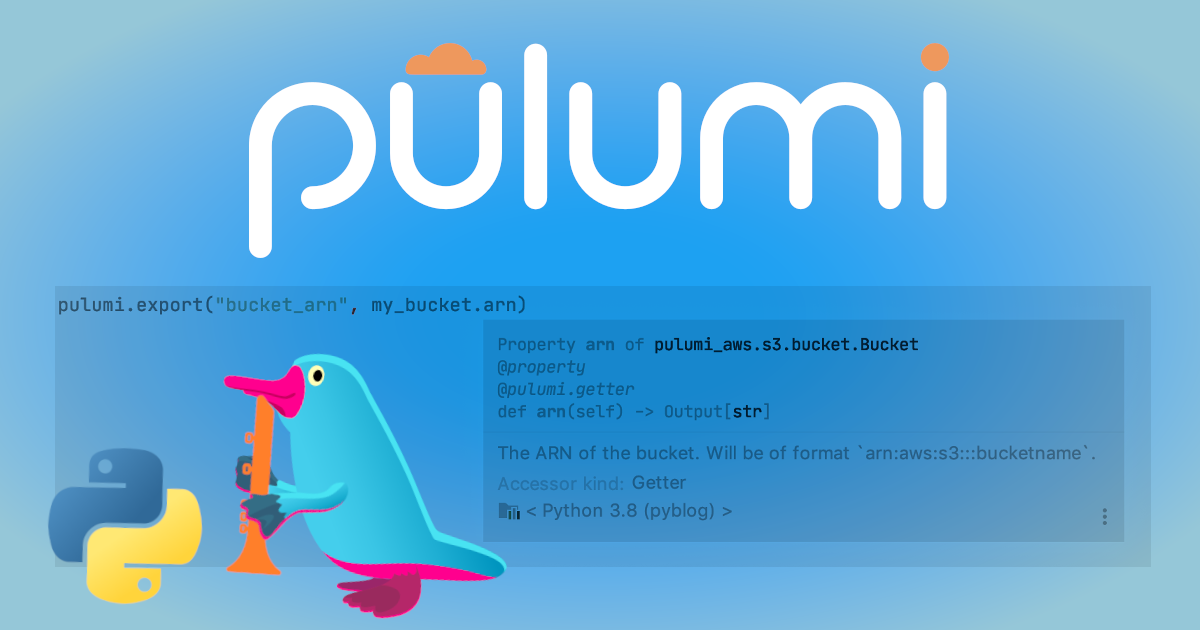Switching the application stack from PERN to MERN

@pulumi/awsx). For updated AWSx documentation and examples, see the AWS Guides.In this blog post, we return to the PERN application we previously migrated to Kubernetes and replace the PostgreSQL database with MongoDB. Although it might seem like a difficult task initially, the straightforward design of Pulumi and Kubernetes allows us to easily transition the application form a PERN stack to a MERN one.













